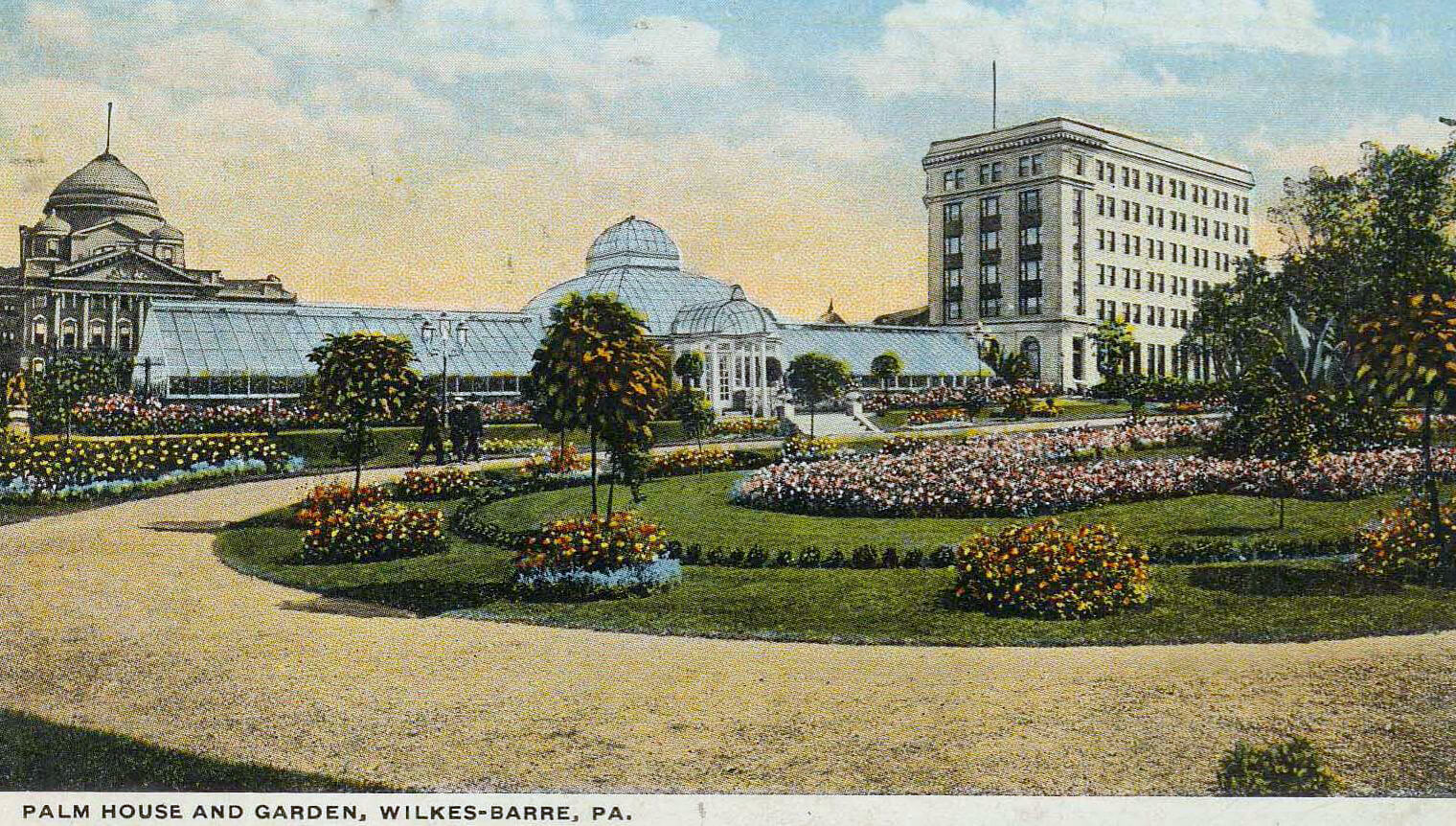
Most of us are well aware of our mining heritage. We live on top of high carbon, low ash anthracite coal—one of the richest deposits in the world. In 1769, two brothers Daniel and Obadiah Gore, opened a mine near Plymouth in order to get the coal they needed to burn in their blacksmith forges. The anthracite burned hotter and cleaner than the bituminous. While many area blacksmiths followed their example, it was not used in private homes because it was difficult to ignite. That was until Judge Jesse Fell found a grate that solved that problem in 1808.
It was about this time that Jacob Cist met and married Sarah, the daughter of Matthias Hollenback in 1807. Hollenback, owner of over 48,000 acres of coal land, was considered to be the wealthiest merchant and largest landholder in Pa's northeastern corner. Cist invested with his father-in-law and other area entrepreneurs such as Jacob Weiss and Charles Miner in coal mines and the iron trade.
They shipped coal south to Philadelphia, but found no buyers. The grates and furnaces had yet to have wide appeal. Most of the coal was dumped and the arks were broken up and sold. The shortage of wood as a fuel began to shift the emphasis to an anthracite based economy. That, of course, meant that the valley and its fledging coal industry were in a good position.
However, since the canal system had yet to be developed, the challenge was how to get the fuel to those who needed it (Powell 2). Philadelphia would have been a natural market for us, but the cost of getting the coal across the mountains made it so expensive that it was cheaper to import bituminous coal from England (Zbiek 37).
During the war of 1812, a fuel shortage developed in the country's coastal cities due to the lack of bituminous coal from England and wood. The conflict helped to spur the growth of ideas to get our coal to market. It would take several years before canals would ship coal, but Cist and others began to develop markets for their fuel using the river and horse drawn wagons.
Without a way to get the coal out of the valley, Wilkes-Barre would not have been worthy of the investment of time and money it soon attracted. People were attracted to the area because of the jobs available in the mines and the ancillary industries like lumbering that were plentiful in the valley. We needed entrepreneurs—those with large visions and means to see them through to spur our growth—men like John Lord Butler as a coal operator. He was the son of General Lord Butler head of the Pennsylvania militia and grandson of Col. Zebulon Butler. He helped to develop the Butler Mines and Coal Company. Of course there were many others such as Charles Parrish owner of the Lehigh Valley & Wilkes-Barre Coal Company and President of Parrish and Annora Coal
Company. He controlled some of the canal route and also served as a Director of several of the railroads out of the valley such as the North and West Branch Railroad. In addition, he was a Director of the Lehigh Coal and Navigation Company.
You can find out more information by checking chapter 4 of Scratching the Surface online book at wyomingvalleyhistory.com.
The following are links to a variety of information about anthracite coal and the mining operations associated with it.
- Underground Miners
- Anthracite Heritage Museum
- Anthracite Heritage Foundation
- Anthracite Mining Ohio State University
- Breaker Boys (YouTube footage)
- Huber Breaker site
- Huber Breaker Preservation Society
- The Art of Abandonment
- Underground Miners
- Lackawanna Coal Mine Tour
- YouTube footage Lackawanna Coal Mine Tour
- Map and 139 mines in PA with GPS coordinates
- Mine maps Penn State University
- Pioneer Tunnel Coal Mine Tour
- Pennsylvania's Northern Anthracite Coal Field 1870-1970
- Wyoming Valley Anthracite Mining Facebook page